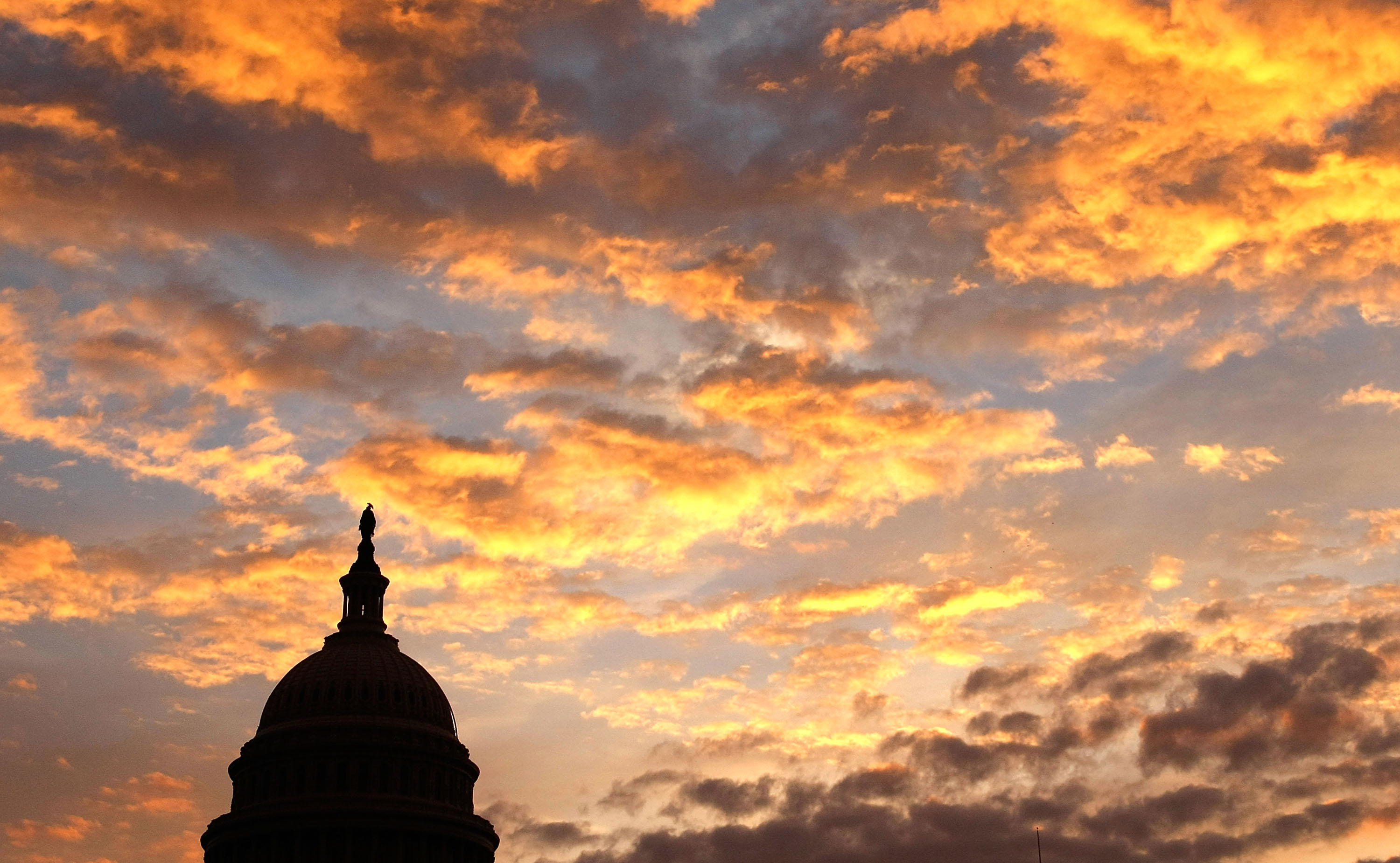Moving the clock back and forth twice a year has some harmful side effects, research has shown.
Traffic accidents, workplace injuries and heart attacks go up each March when we spring forward and lose an hour of sleep. Some say Daylight Saving Time is to blame. That’s why there’s a push in Congress to make DST permanent.
We turn back the clocks on Sunday, Nov. 6. If the so-called Sunshine Protection Act gets approved federally, this might be the last time we ever fall back. We’d spring forward one more time, in March 2023, before the change takes effect. But the bill, which unanimously passed the Senate earlier this year, has met some opposition in the House.
Advocates say making DST permanent will mean no more depressingly early 4:30 p.m. sunsets and more economic activity. Opponents say kids would be waiting for their school buses in the dark, since sunrise would be delayed an hour. Christmas mornings would be pitch black, too. Reuters says the House isn’t sure how to move forward yet.
Almost the entire United States has practiced DST since the 1960s. Hawaii, Arizona, Puerto Rico and the U.S. Virgin Islands are the only U.S. jurisdictions that don’t. Year-round DST has happened twice so far in America — once during World War II and once in 1973 amid an energy crisis, according to Reuters. What would it look like now?
What Would Permanent DST Look Like for You?
What would it mean if we left the clocks as-is starting next spring? We’d see major changes during the winter months.
For example, here are some of the new super-late sunrise times that we would see if the new bill becomes law:
NYC LATER SUNRISE TIMES:
Thanksgiving — 7:53 a.m.
Christmas Morning — 8:18 a.m.
Valentine’s Day — 7:51 a.m.
Our new latest sunrise would be 8:20 a.m., which would occur from Jan. 1 – Jan. 7. If you think that’s late, Minot North Dakota would have sunrise at 9:35 a.m.!
The flip side is that we would never have those depressing 4:30 p.m. sunsets anymore. In fact, our new earliest sunset would be 5:28 p.m. which would occur from Dec. 3 – Dec. 13.
The bottom line: Because of our northern latitude, there will be a lot of darkness during the winter no matter what. If we stay on DST, it will mean kids will be waiting for the school bus in the dark even after 8 a.m., but it will also mean it won’t be pitch black at 5 p.m. when many people are leaving work to go home.



0 Comments